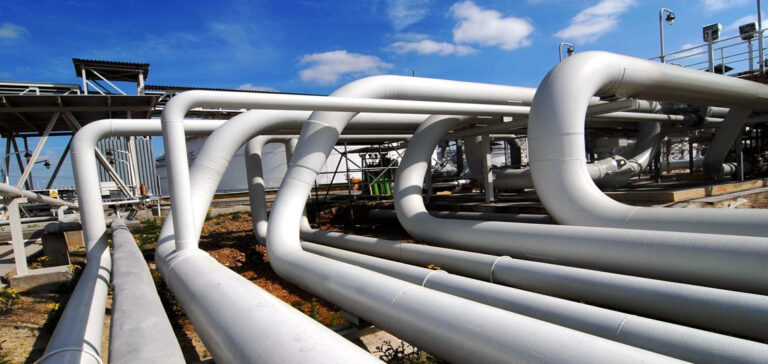Natural gas and LNG prices have remained high, unlike other commodities such as oil and gold, which have seen downward corrections recently. Asian LNG prices rose by almost 48% between October 6 and October 18, but then reduced their gains to just 21% by November 2. Similarly, European TTF gas prices have fallen by almost 37% from their peak level of around 71.4%. By comparison, crude oil and gold prices did not show such a marked risk premium.
A geopolitical risk premium
Analysts at Citi Research suggested that the natural gas market may have built in too high a risk premium related to geopolitics and supply, particularly given the conflict between Israel and Hamas. However, a comparison with other commodities exposed to similar risks shows that TTF natural gas prices have remained significantly higher.
Citi noted that despite weak fundamentals, bullish sentiment was supporting natural gas prices due to the perception that disruptions do not always lead to linear price increases. Events such as the Norwegian production stoppage, strikes in Australia and the war between Israel and Hamas have fuelled this perception.
Weather as a key factor
JP Morgan also suggested that the geopolitical risk premium could persist due to the weather. Sensitivity to natural gas prices is influenced by weather conditions, and uncertainty about weather-related demand in winter could maintain the current price premium.
Low price sensitivity to demand and supply has also contributed to the volatility of natural gas prices. Prices evolve rapidly without any immediate response from either supply or demand, creating sudden movements.






















